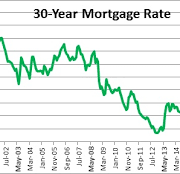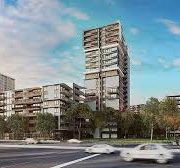Knowing When You Are Ready To Buy
All across Australia, there are millions of people looking to a buy home – either now or in the future. Over the last few years, lower interest rates have come along, making it more affordable than ever to buy a home. When most people stop and give it some thought – buying a home makes a lot more sense than renting a home or an apartment.
In order to buy a house, you’ll need to start saving your money and have enough for the closing costs and a down payment. You should always best try to have 20% to put down as your down payment. If you aren’t able to put 20% down, you’ll need to buy some private mortgage insurance, which will cost you more in terms of your monthly payment.
In most cases, the closing costs will run you around 5% of the property price. Before you purchase the home, you should always get an estimate. An estimate won’t be the exact price, although it will be really close. You should always plan to save up a bit more money than you need, just to be on the safe side. It’s always best to have more than enough than not enough.
You’ll know your ready to buy a home when you know exactly how much you can afford, and you’re willing to stick with your plan. When you buy a home and get your monthly mortgage payment, it shouldn’t be any more than 25% of your total monthly income. Although there are lenders out there who will say that you can afford to pay more, you should never let them talk you into doing so – but stick to your budget instead.
Keep in mind that there is always more money involved with a home other than the mortgage payment. You also have to pay for utilities, homeowners insurance, property taxes, and maintenance. Owning and caring for a home requires a lot of responsibility. If you’ve never owned a home before, it can take a bit of time to get used to.
Before you fill out any applications, you should always look over your credit report and check for any errors. Although you may think you don’t, you can easily get an error on your credit report and not even realize it. If you check your credit report early enough, you may leave yourself enough time to fix any problems and get your credit back on track. Rebuilding credit can take time though, sometimes even years. You should always plan ahead – and give yourself plenty of time to fix your credit.












